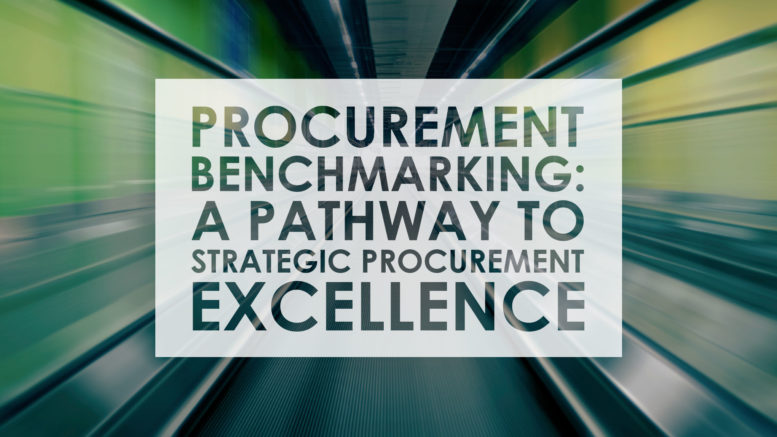Procurement benchmarking is a system of measuring the various features connected to an organization’s purchase of goods against industry standards. The usual practice is to benchmark the top-performing organization in the industry to provide a gap report and then look to build and implement a strategy to reduce/close the gap.
Consider the following factors that will help analyze the cost/spend. The idea is to give an insight on how to improve your procurement.
1. The Procurement Operational Expenses:
Cost is one of the top priorities of procurement benchmarking. It includes making a guideline for all the expenditure that occurs in acquiring products and services. This cost does not include the costs of manufacturing or production of your core services. The effort here should be to lower the expenses by improving the process currently being implemented.
2. Cost Reduction Savings:
By cost reduction, it means savings that you could make by making the procurements at a lower price than you had previously paid for the same services. This is where the top organizations score. They make sure they at least save 1% every time they make a purchase with better negotiations.
3. Accounting:
It is yet another key aspect of procurement benchmarking. This process will include the volume and depth of accounts payable. What are the deals, credit, and the average time it takes to settle an invoice? What are the various levels of approvals and how you could manage it better. You must analyze the payment terms periodically to regulate the cash flow to make sure you achieve the benchmark.
4. Create Guidelines:
Benchmarking can also mean creating guidelines at every stage of the procurement process. Implement a standard for quality of the product, ensure it is superior to what the nearest competitor is using, execute a strict timely delivery process and accuracy in quantity and supplies. You must also evaluate the vendors performance. Do a comparison of their quality, price, delivery, and similar elements with their competitors. This will help determine if you are getting the maximum benefits from your current suppliers.
5. Categorize Your Suppliers:
Meeting procurement benchmarking will require you to categorize your suppliers. The top companies spend most of their procurement budget with a limited number of suppliers. These suppliers are graded in the A category. Then the backup suppliers i.e. B category on whom you rely in case the A category supplier is unable to provide you with more services than agreed upon. Your business may at times need more resources while working on a project. Keeping and categorizing as per priorities will help in developing better business relationships with the vendors and suppliers.
Procurement benchmarking should be left in the hands of professionals. You could recruit a procurement director to handle all your procurements but they may not have the exposure and experience that you could find in a procurement consultant. The consultants are usually industry-specific. They work with various organizations and are more familiar with the latest trends and technologies. They can be more affordable and cost-efficient in several ways and prove beneficial for your organization.
For detailed information about Procurement benchmarking & Spend analysis write to us info@gainedgeconsulting.com

Be the first to comment on "5 Crucial Aspects of Procurement Benchmarking"